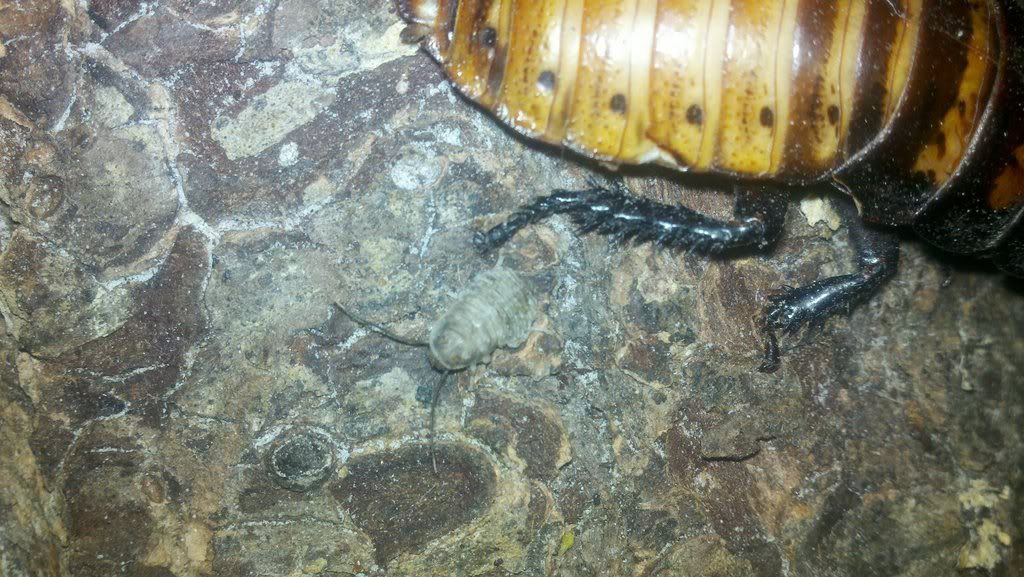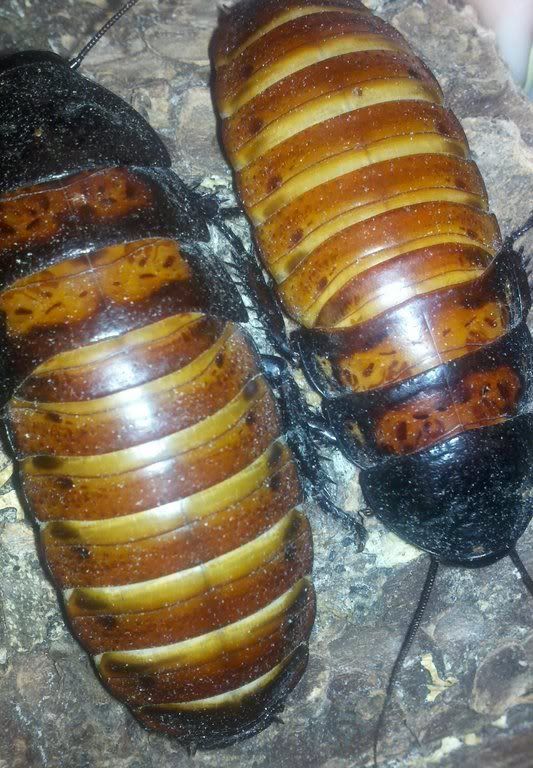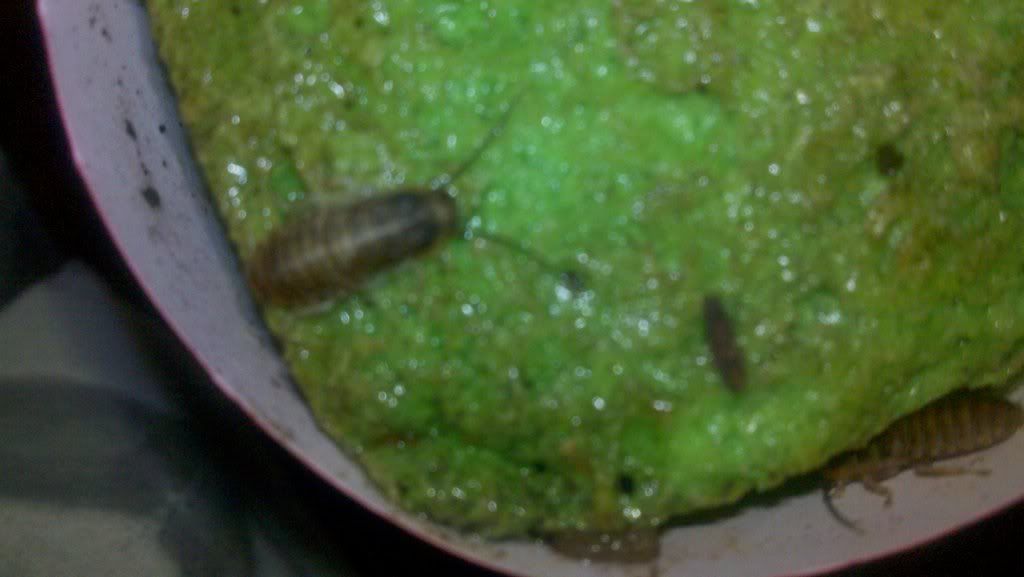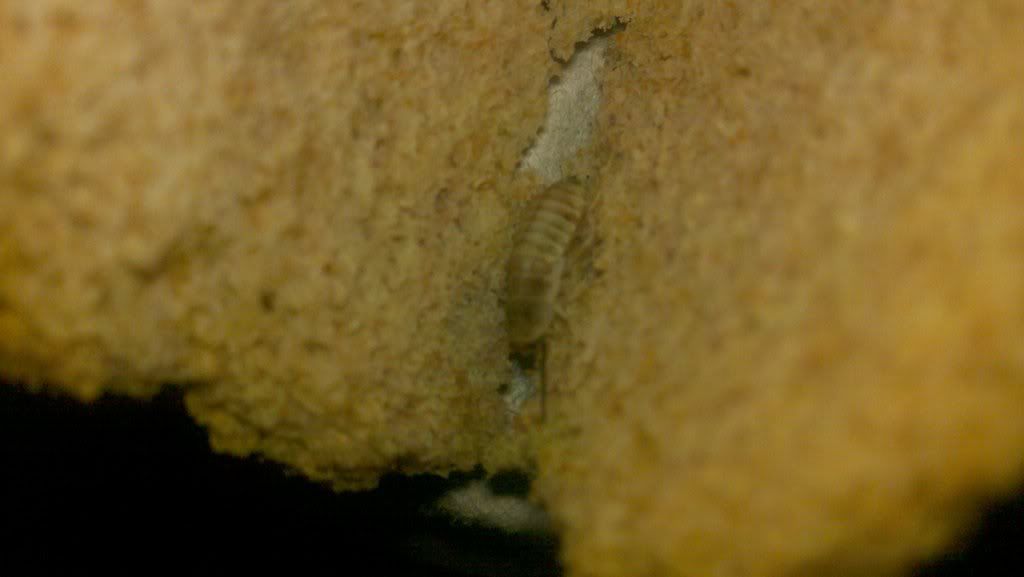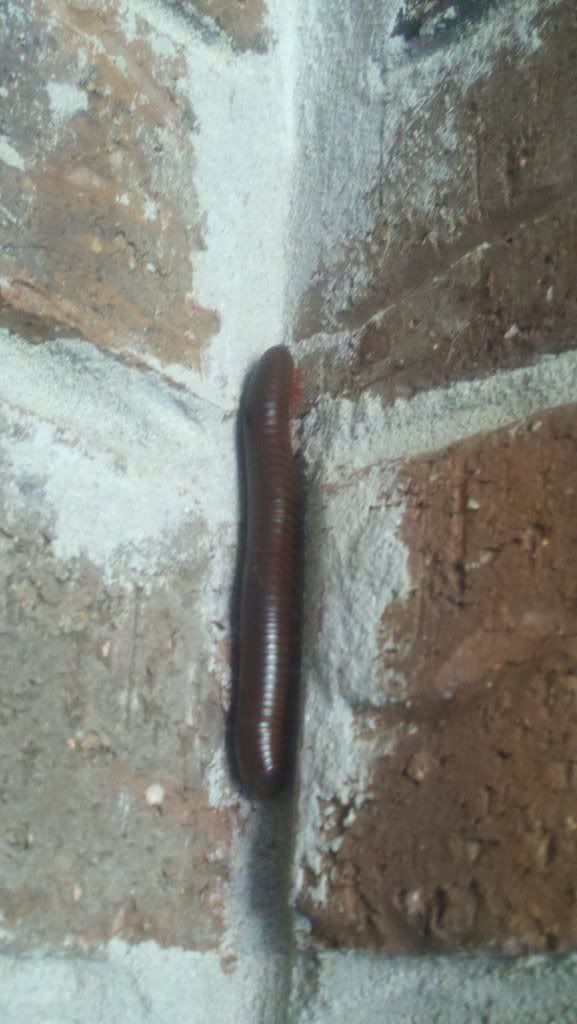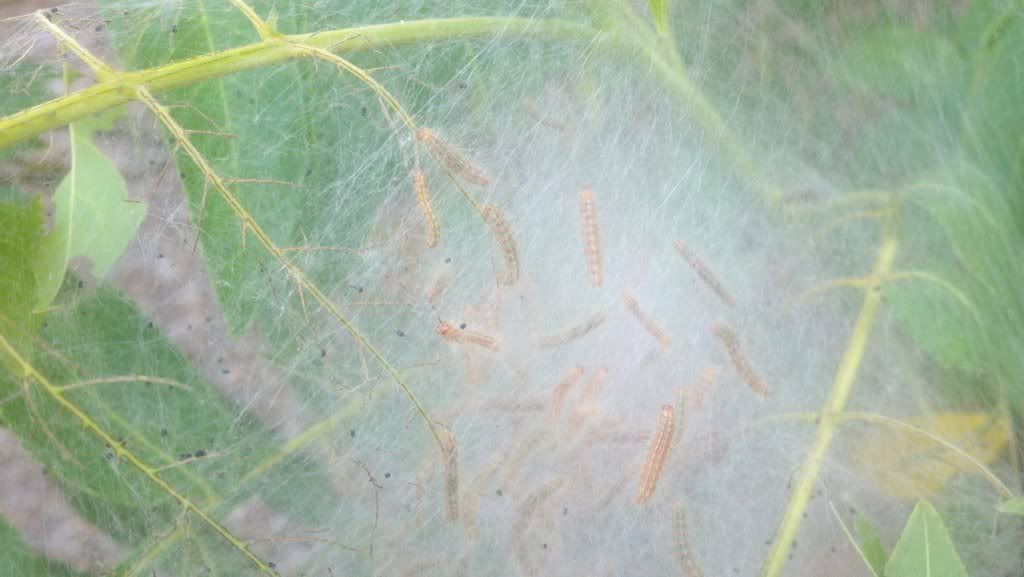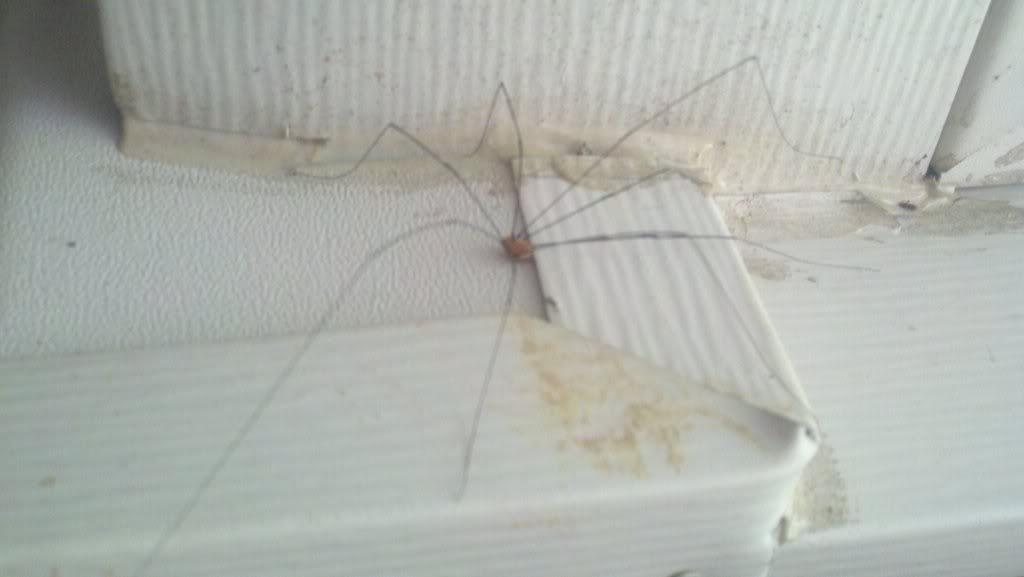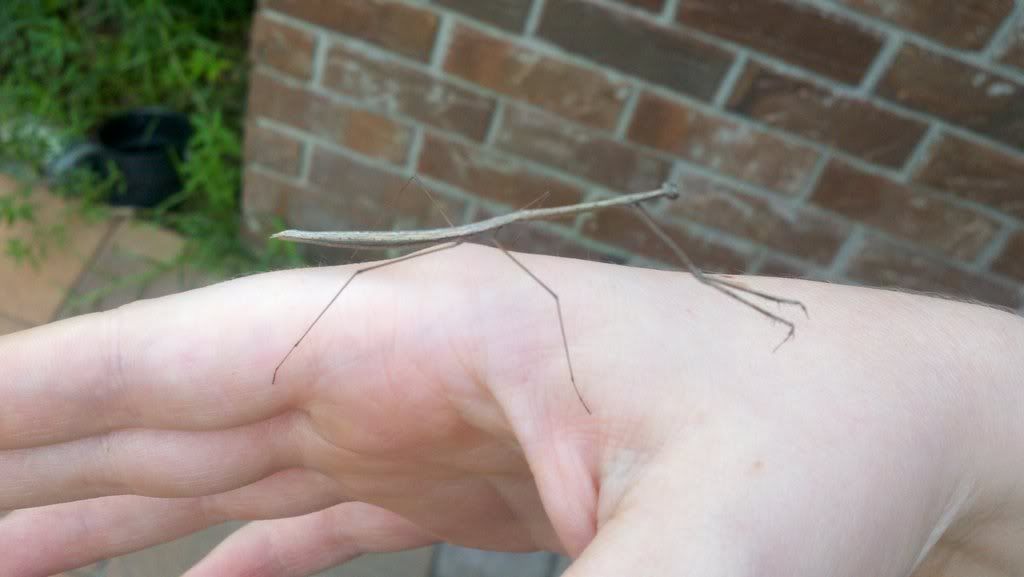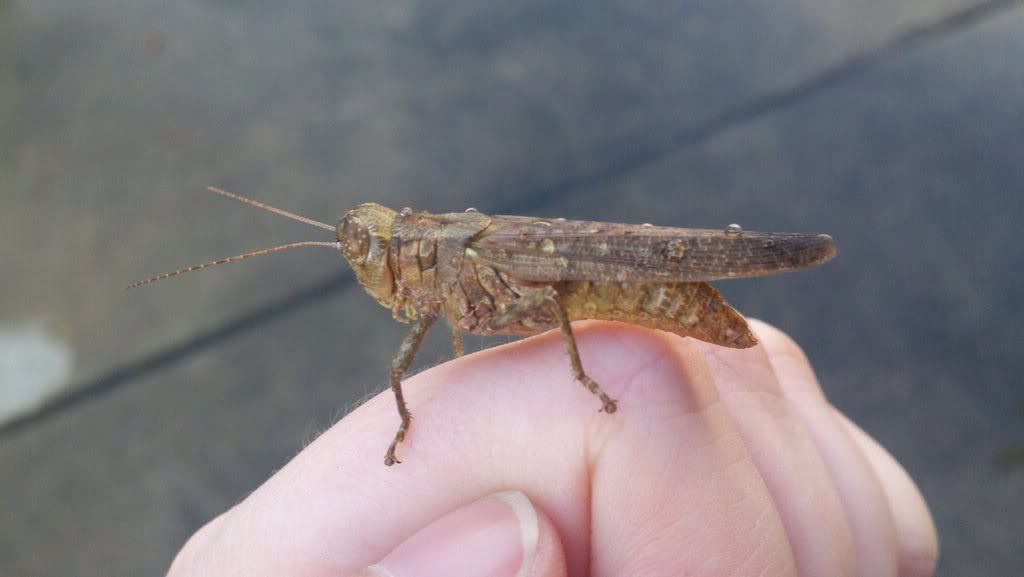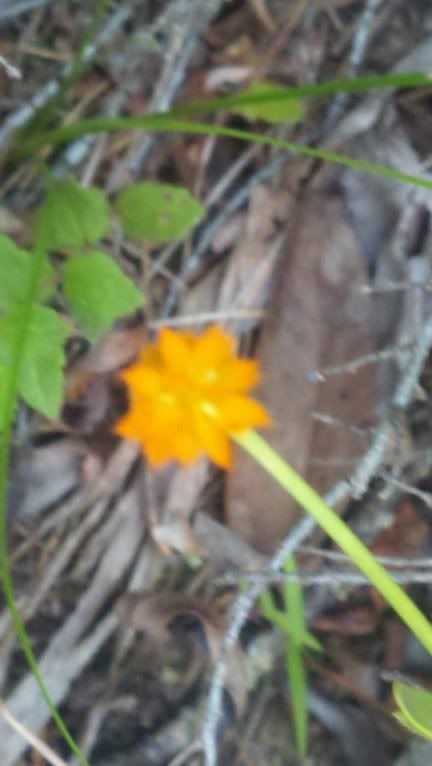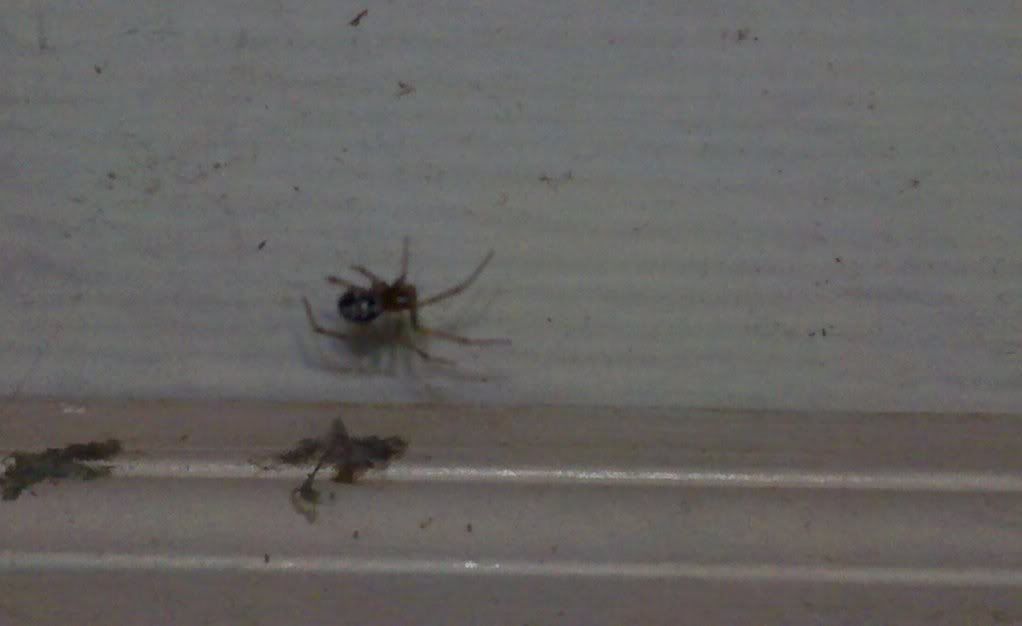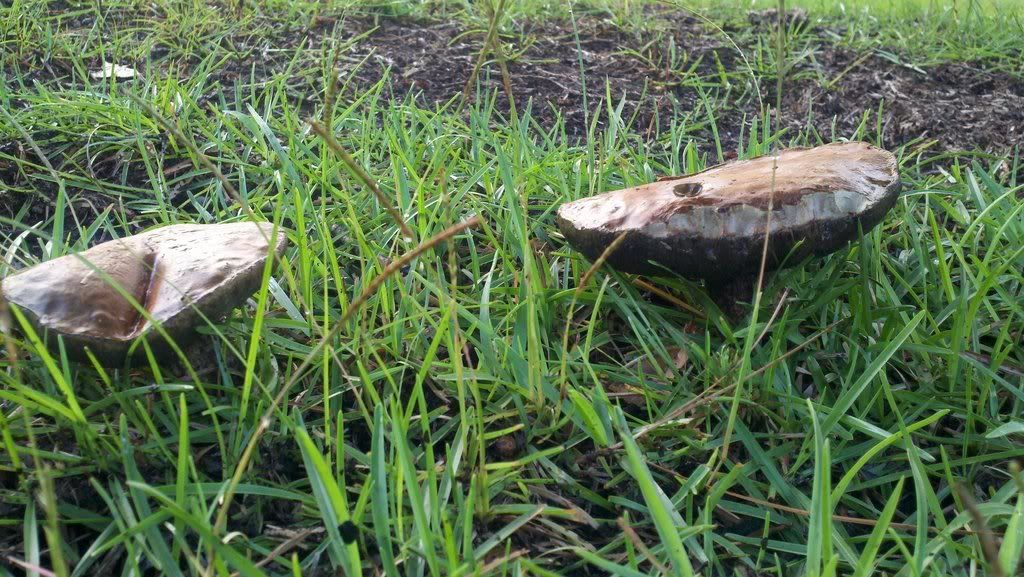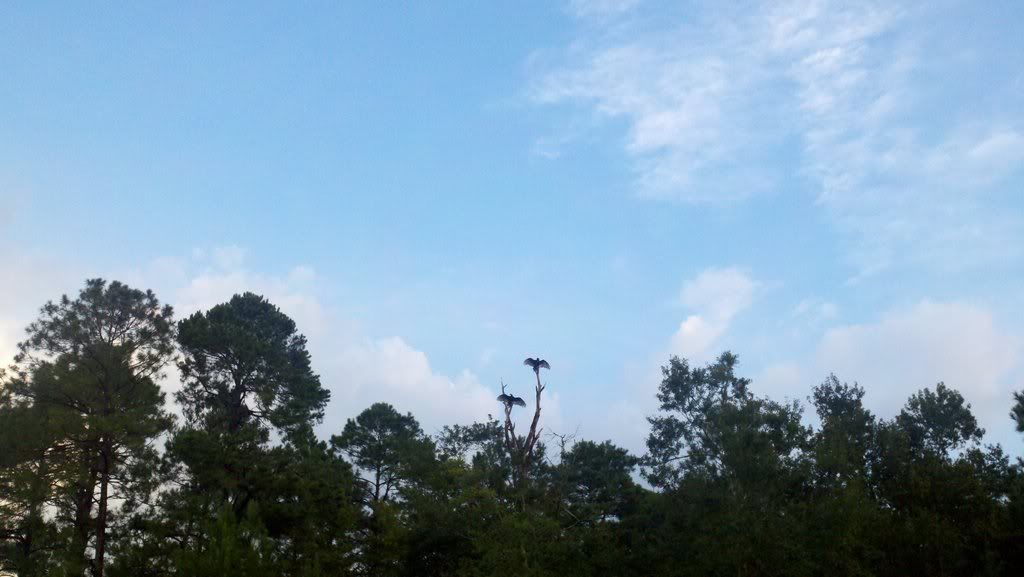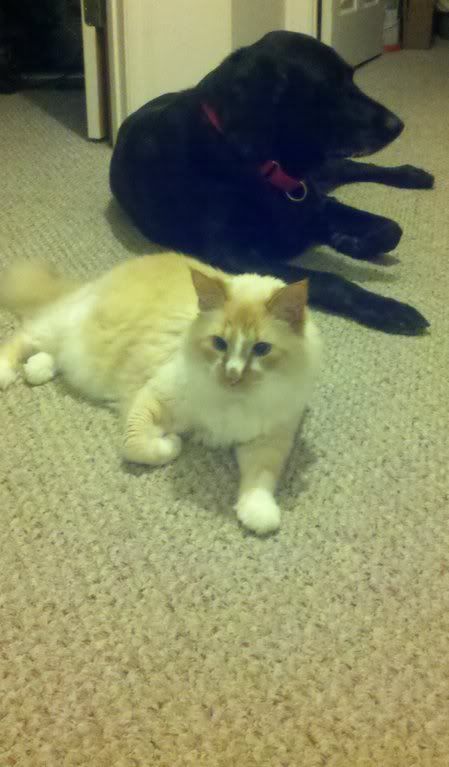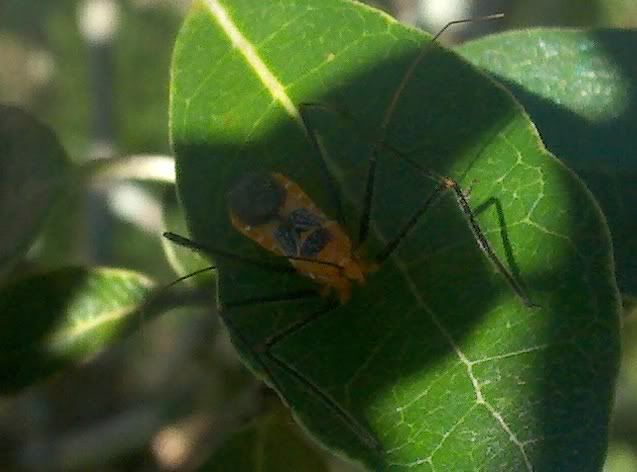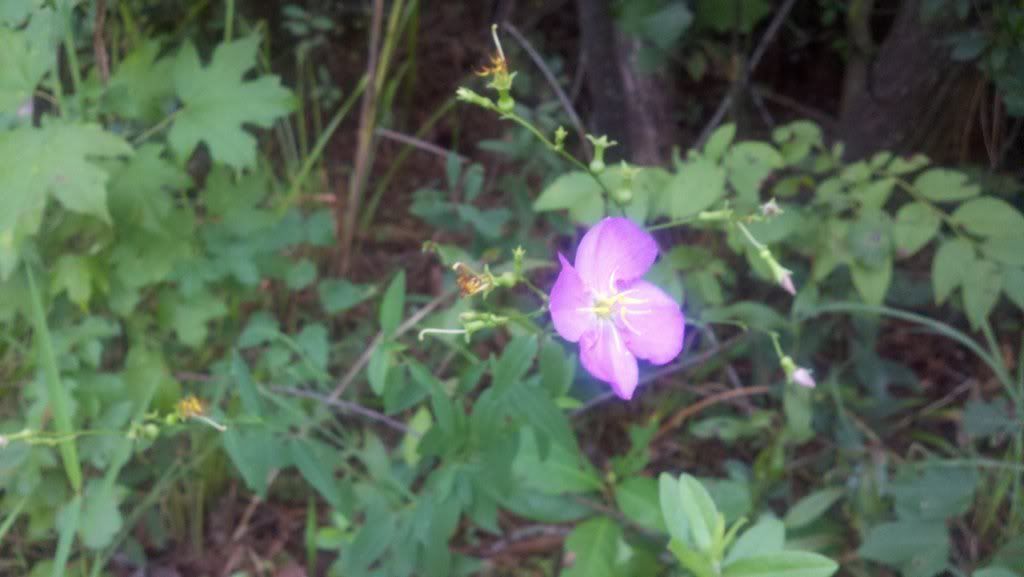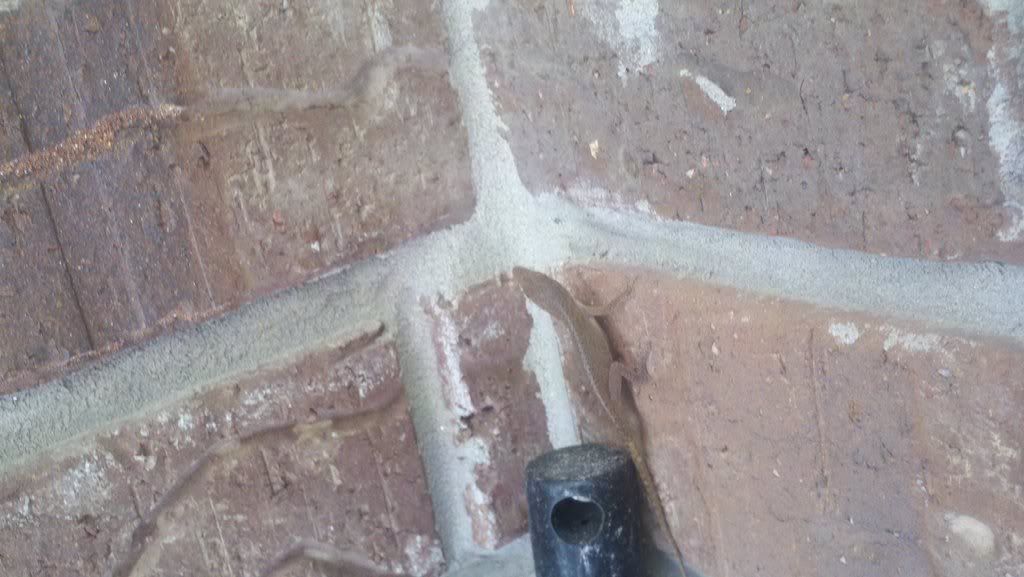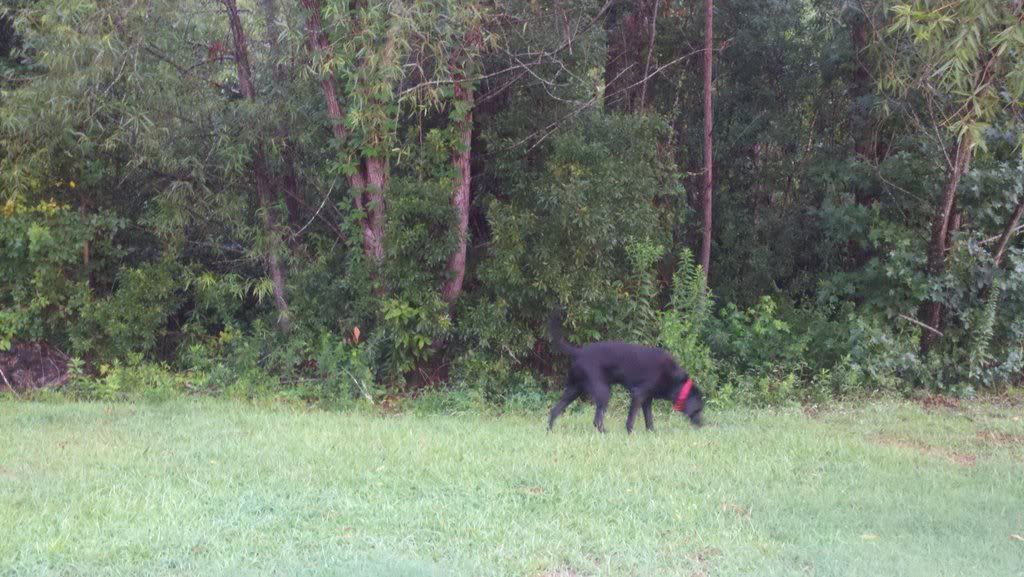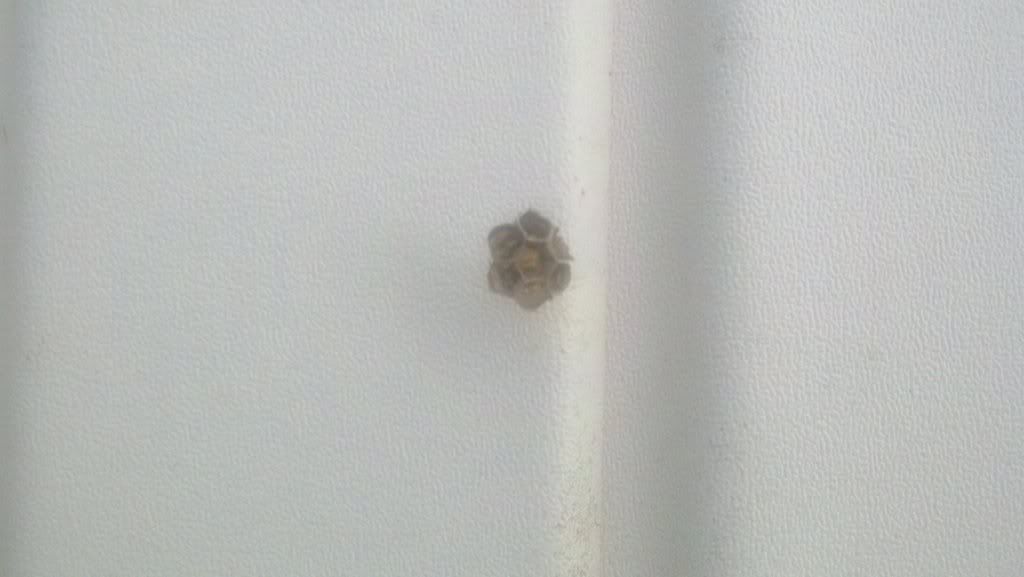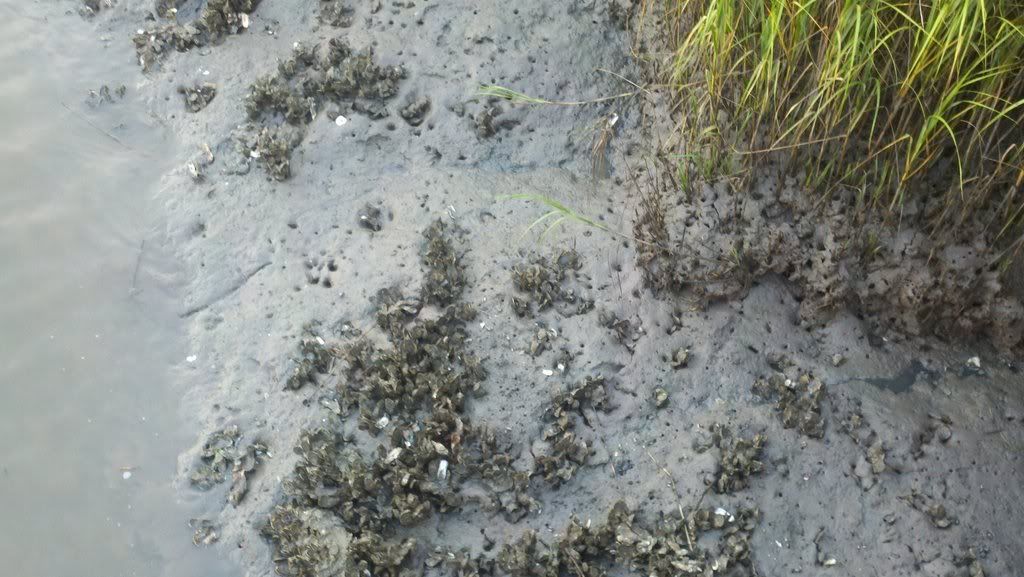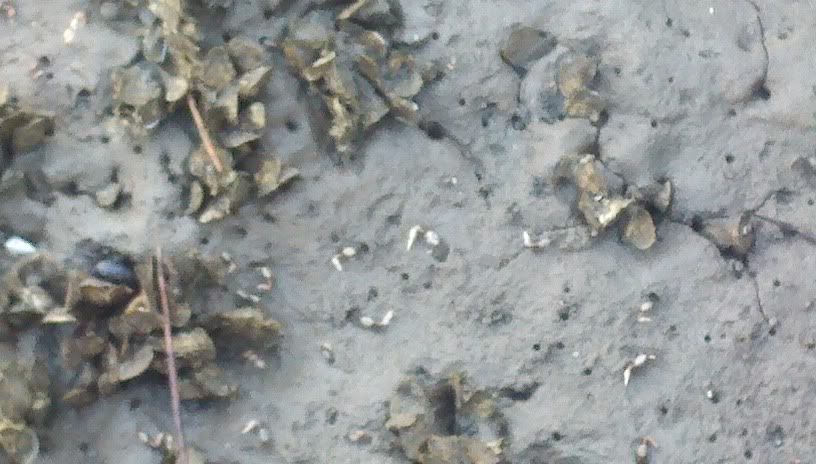 |
| Felis catus, a popular pet. This one is feral. |
Yep, the common house cat is an invasive species. You may ask, "how so?" Well, cats are actually incredibly destructive creatures because they hunt and kill wildlife. So, every feral cat and every domestic cat that is either kept outside or allowed outside puts many local species in great danger. These cats have helped lead to the decline or possibly even the extinction of many species. Cats are now on the list of
100 World's Worst Invasives at
#38. The similarly sized wildcat species of Africa, Europe, and Asia are not included in this, even though the domestic cat is believed to have been domesticated from the African wildcats.
 |
| A sparrow that died by this pet cat's jaws |
Introduction was either caused by shipping traffic, as ships often kept cats to keep the rat populations down, or through pets. Many people would bring their pet cat to a new location and then either leave it behind or let the offspring go free. Feral cats are a serious issue in areas such as Australia, where they have a major impact on such species as the red-tailed cockatoo (
Calyptorhynchus magnificus) and burrowing bettong
(Bettongia lesueur). Their impact is greatest on islands, where species have often adapted to life where there are no natural predators. Many areas will have feral cat colonies, including my neighborhood and the campus where I earned my Bachelors degree.
If you have a cat, there are several common suggestions to help protect wildlife, which include having the cat wear a bell and keeping it in at night. However, studies have mixed results as to whether these are effective methods. When it comes to feral cats, management methods are quite different, and are most aggressive where they pose the greatest danger to native species.
The danger to wildlife is part of the reason why the cats I currently live with are not allowed outside at all. Ginny was a feral-born cat and she would do anything to
avoid being outside ever again. Here's another reason to never let your cat outside: indoor cats generally live between fifteen and eighteen years. Outdoor cats, on the other hand, only live an average of
less than three years. When we adopted Ginny, she was skinny, very sick, and her growth was stunted. In my opinion, just as you should never feed wildlife you should never feed feral animals either. It makes their population explode, they lose their fear of people, and they become dependent on the food. This can lead to a lot of suffering as well as potential danger to people if the food supply stops.
Images are from Wikimedia Commons under creative commons licenses: one, two
